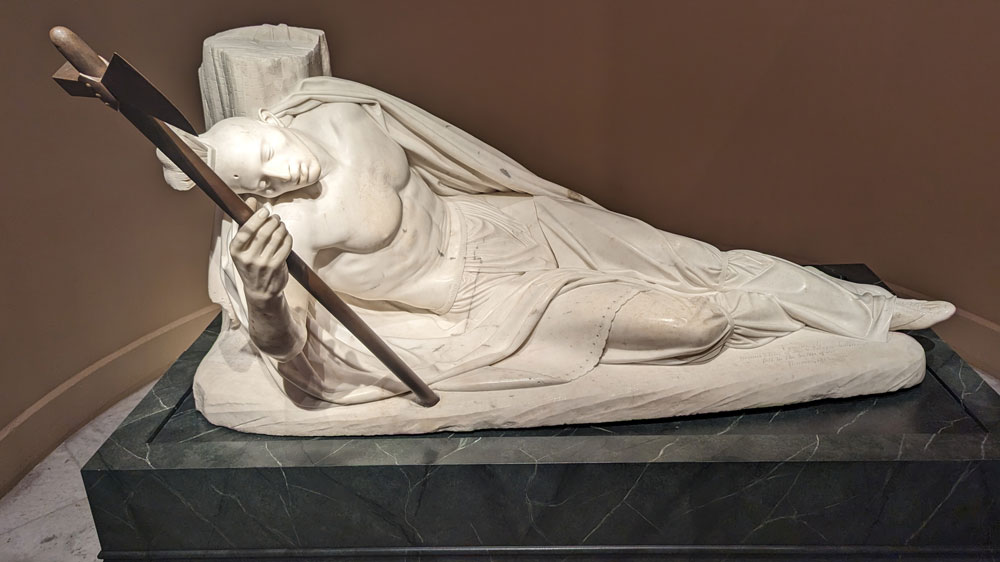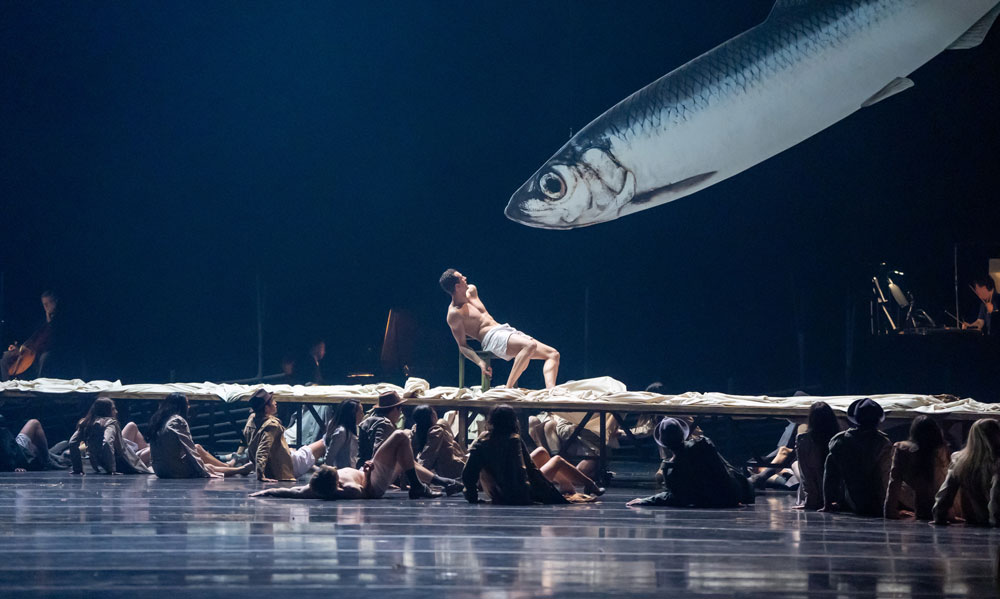
The great museums of the world also function as incredible and vast store houses. The amount of art that rests in the possession of some museums can sometimes eclipse the number of works in permanent exhibition. Periodically portions of archived collections are reintroduced to the public and mounted as exhibitions to highlight an artist or a period of artistic achievement.
The Art Institute’s Painting the Floating World: Ukiyo-e Masterpieces from the Weston Collection ending the 27th of this month is much more intriguing than you might initially assume. A small exhibit of only forty works, it’s as much a representation of life in a long-gone age as it is of exceptional art. Looking back 300 years at Japan’s Tokugawa period that began in 1603 and stretched to 1868, it’s also an unexpected reminder of the disquieting sameness of the human condition.

In etchings, wood blocks and paintings, the works expectedly epitomize the exquisite refinement so particular to Japanese art during that the 16th and 17th centuries. Utamaro, one of the artists featured in the exhibit, is thought to be an exemplar in the depiction of female beauty. It’s his, as well as many other artists of the period, choice of subjects to embody beauty that adds dynamism to this exhibit.
Highly segmented socially, the class system in Tokugawa Japan was as finely defined as it was rigid. If you made your livelihood in any profession that fell within the taboos of Buddhism, you existed either on the periphery or well outside acceptable society. Butchers, undertakers, street cleaners and executioners were all included in that number. Entertainer and prostitutes, courtesans in the vernacular, were the social equivalents of beggars.
Despite their formal stigma, courtesans enjoyed huge public popularity stemming from the studied elegance and sublime beauty of high-ranking practitioners. Much like today, the more highly famed were known only by their first name and were followed like celebrities. The same was true of kabuki actors who are also represented in this revealing exhibition. In Painting the Floating World, the force these actors brought to their characters explode from the scrolls and wood blocks on which they’re painted. Katsukawa Shunsho’s portrayal of actor Ichikawa Danjuno IV as Shibaraku around 1768 uses shorthand facial expressions to both identify the actor and express performance intensity.

But it’s the women who rule this show. Also known as the Edo period, the age was acclaimed for its “distinctive aesthetic sensibility” and celebrated both the romantic and the sensual. The art produced was often inexpensively reproduced in prints and sold in the mass market. More affluent enthusiasts would commission paintings of their favorite courtesans and actors.
Like other early cultures, male actors would often play female roles and, at least to modern eyes, all but erase the lines dividing the sexes. Specializing in kabuki actor prints and developing their own signature representation of beauty, some artists distinguished themselves by exaggerating the posture of men playing female characters to highlight the character’s femininity and grace. The same delicate care used to express a beauty’s facial feature is extended to the portrayal of men playing women; perpetuating the elegance and refinement that the period’s art mandated.
That many of these accomplished artists supplemented their earnings by drawing explicit pornography to satisfy mass demand as well as to boast revenues adds a fascinating twist to the story of art’s malleability.


